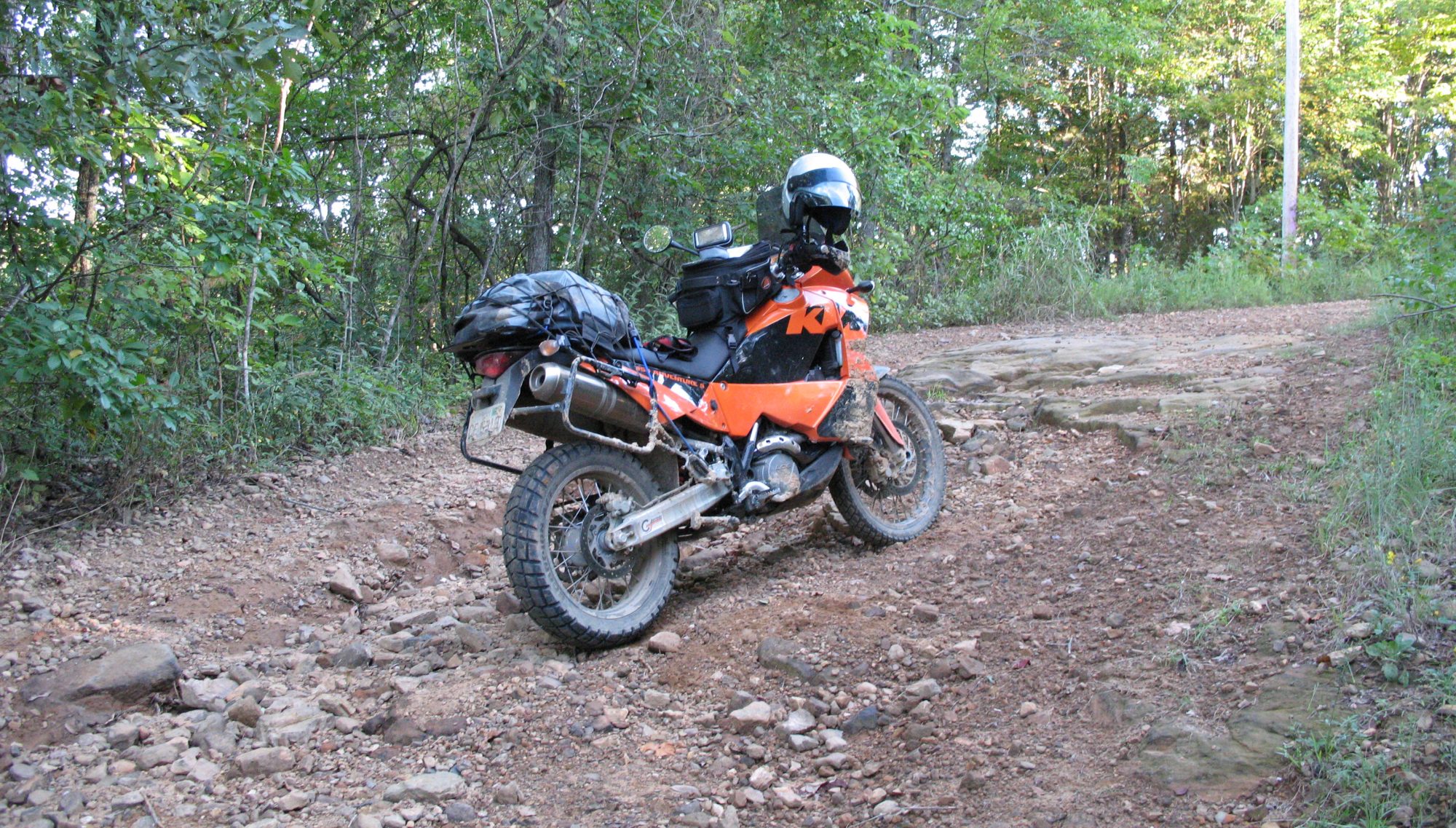I’ve been intending to install a video security system at my cabin for some time now. But making that a reality has been a more difficult journey than I initially expected. Sure, the easy way is to hire someone to do all of the work and install a system, but I’m a DIY-type and this is not beyond my capabilities.
I did not want to sign up for a “security system in the cloud” because I don’t want my information available to anyone but me. Maybe I’m a little paranoid about that – but to quote Dr. Johnny Fever from WKRP – “When everyone is after you, paranoid is just good thinking.”
So I decided to do this myself. I have a lot of IT experience with networking, server security, and programming – but not any experience with video security. So I started looking around at software to run the system, and found a package called Zoneminder. The name comes from one of the project’s biggest features – that you can define zones where any detected motion will trigger an alarm. Where smaller (read less flexible) systems trigger an alarm on any motion within the camera’s view, you can define multiple zones where motion should trigger an alarm, and also zones where motion is to be ignored.
The last statement may not make a lot of sense to some folks – but think of an outdoor camera monitoring the front door in a wooded yard. Trees have leaves, and they move when it’s windy. To a computer program, that’s motion. The fact that it isn’t human or animal motion is an unimportant distinction.
You can also define what amount of movement is considered important enough to trigger an alarm. Whether that is by the number of image pixels that change, or how many pixels change compared to the total number of pixels in the image – you have a great deal of control over these behaviors.
We’re going to need some cameras, a computer to run the system, software (which I already chose), and some way to connect everything together.
